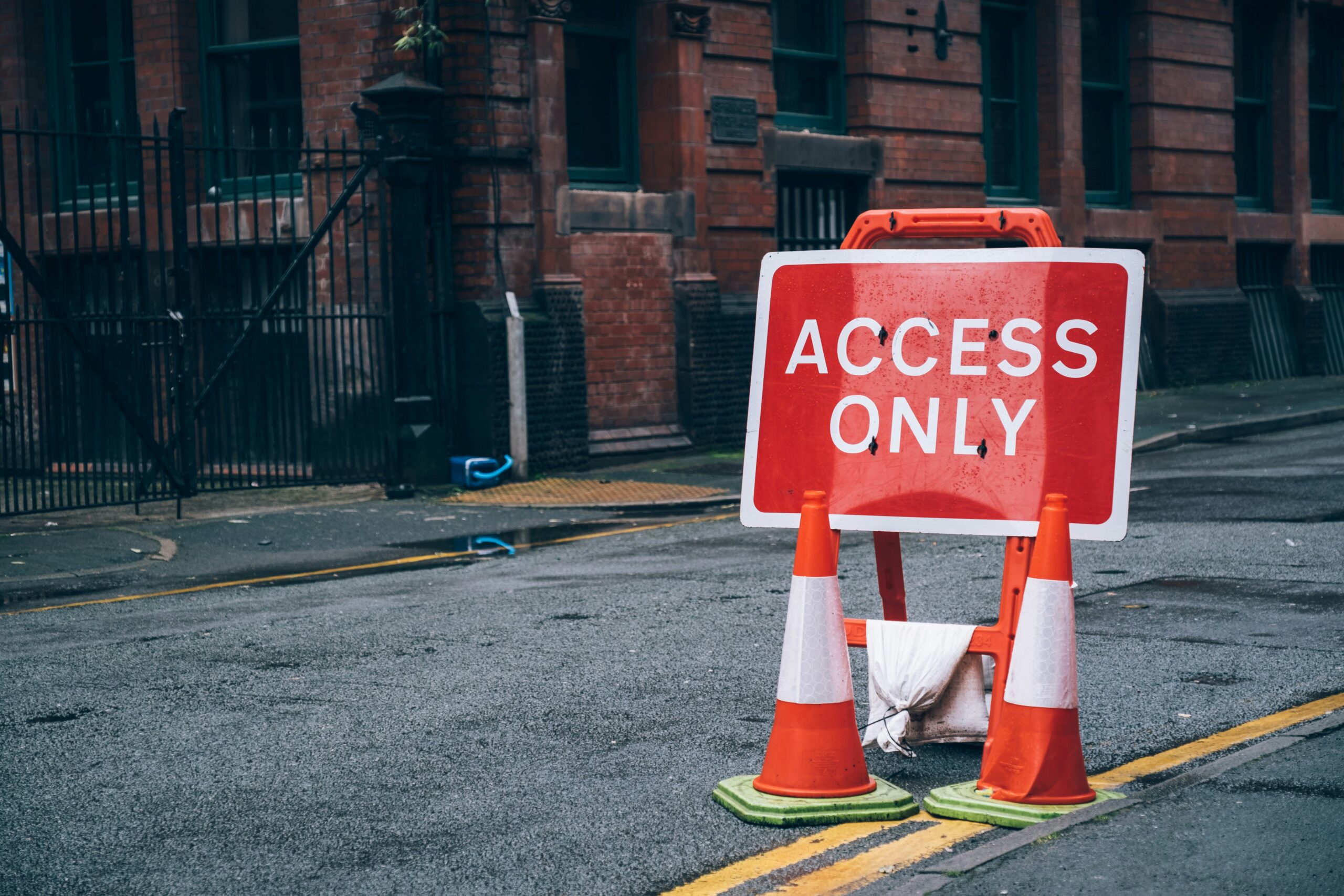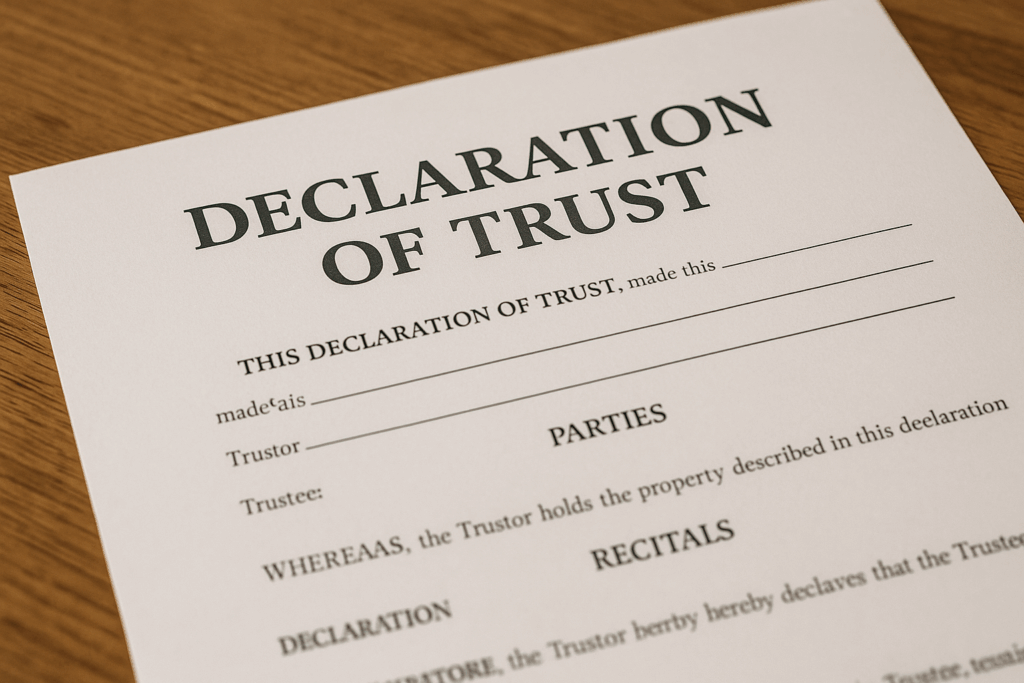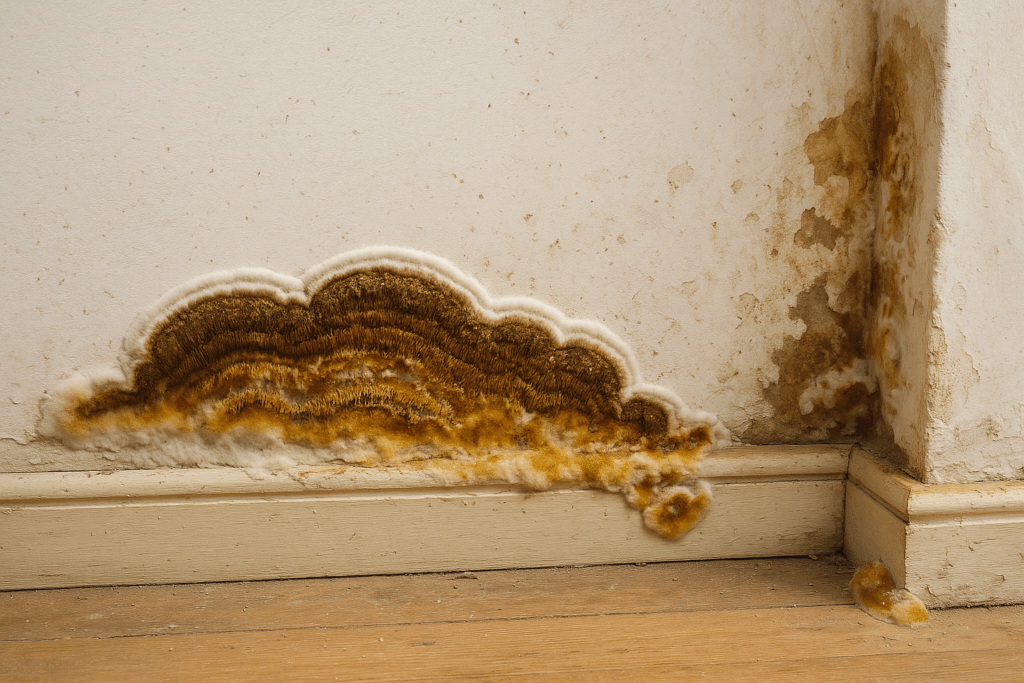
How Right of Access Can Impact the Sale of Your Home
When you try and sell your home, you ultimately want the process to be as stress-free and fast as possible. Unfortunately, numerous issues can arise that see a buyer step away or reduce their offer.
One problem some sellers may find an issue arising from is the “right of access”.
In this blog, we’ll look at how the right of access can impede a potential sale of your home and what alternatives you may have if getting a sale is proving to be difficult.
What is a right of access?
The right of access is the legal right that allows someone to use part of your property to access theirs. This could be a shared driveway, a path, a field, or any other area where land you own provides the only access to another property.
The right of access could belong to you or another property owner and could be:
- A right that you have over someone else’s land to reach your home.
- A right someone else has over your land to reach their property.
Rights of access are granted through what is known as an easement.
What’s an easement?
An easement is the legal right for someone to have a right of access. An easement may be granted in one of three ways:
- Express: Where the right of access is written into the property deeds or registered with the Land Registry
- Implied: Where the right of access arises from necessity or historical use
- Prescriptive: Where access has been continually used for a prolonged period. Normally, 20 years or more.
How does the right of access affect a property sale?
There are a host of reasons your sale may collapse or stall if there are concerns relating to the right of access.
Luckily, there are still ways you can sell your house fast and not worry that it could all collapse over issues with the right of access. We’ll go into those a little further down the page, but for now, let’s investigate how the right of access can hinder the sale of your home.
When your property relies on a right of access
If your property is remote and only reachable by passing through another person’s land, you’ll need a formal easement in place to legally grant access. Without proof of such an easement, you could find it a little harder to sell your home.
Buyers could be put off as there remains some uncertainty about their legal rights, but the problems extend beyond that. Lenders may be reluctant to lend against a property that doesn’t have an easement in place, and conveyancing could be delayed because of the uncertainty over the potential sale.
When someone else has a right of access to reach their property
Should your land include an easement that allows others to cross it to gain access to their property, you could find a sale hard to come by.
Buyers may find that their privacy is reduced by the frequent intrusion of others onto their land. Even if this isn’t a huge concern for them, the fact that the right of access could hinder opportunities to develop or change the property could mean their grand ideas grind to a halt before they even start.
Furthermore, should people have to keep crossing over your land to get to their home, it could lead to unwanted wear and tear, which then unfortunately could lead to costly neighbour disputes.
Lenders will want to know about access and easements
When deciding whether to grant a mortgage, a lender won’t just assess affordability. They will want to see whether legal access exists and whether any disputes are currently underway.
In addition, a lender will want to know whether the access is exclusive, shared, or problematic.
If there are missing easements or some that are a little vague, a lender may hold back on granting a mortgage. The loan could be too risky for them, especially if legal action was taken against the homeowners in the future and make it hard for them to pay back their mortgage.
Solicitors will look for easements during conveyancing
The solicitor for the buyers will investigate whether a right of access is in place. They will look for registered easements on the Land Registry and investigate the use of the land and see whether a right of access is required. For additional clarity and a better understanding, they will also investigate any disputes and seek clarification on any informal rights that may be in place.
If the conveyancer cannot find any legal documentation to prove a right of access exists, they might inform the buyer it will be best to withdraw from the purchase or, if they are keen to proceed, only do so once they have indemnity insurance in place.
How can a seller increase the chances of a sale?
If an easement for right of access is required, and you are concerned that there is not one in place. You can still do a few things that could help get a sale over the line.
- Check the title deeds: An easement may be in place that you were unaware of. The deeds will also show you if an easement is missing.
- Formalise informal access: Look to create a Deed of Easement if nothing is legally recorded.
- Fill out the TA6 Form correctly: On the TA6, you should disclose specific aspects of the property. Disclosing disputes and easements, or the lack thereof, can help protect you from future legal issues.
- Get indemnity insurance: If access is used, but not formally recognised, an indemnity insurance policy may give the buyer a little more confidence and also satisfy the lender.
If you are concerned that the lack of a right of access could hinder your sale, here’s what you can do. Speak to our team. We buy any house in any condition and do not mind about easements or location. Your sale is guaranteed with us, and what’s more, we do it for free! We don’t charge you a penny, so you can sell your house for free and pocket everything you make from the sale.


